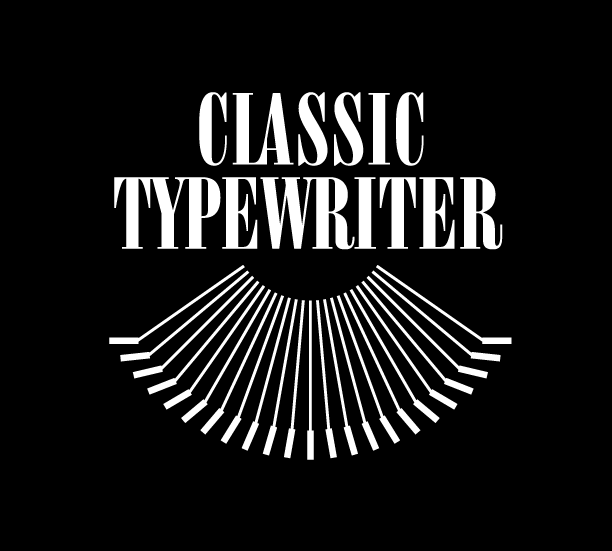This is me writing a recent novel on a Smith Corona Silent Sterling, while I lived in a cabin in the Redwoods of Northern California.
About Me
I started using a typewriter in 2003, after being reared on digital media. I immediately fell in love, though it took me a few years to gravitate to the right machines, and to learn to pound out words faster than thought itself. I began to find a certain magic in it, like Jack Kerouac, who typed out ‘On The Road’ on a continuous scroll, unedited.
I’ve written various books on typewriters, which appear on Amazon, and I operate a few other businesses, including Eden Compost Solutions and Flow Healing Arts.
There is something quintessentially radical in using a typewriter. Returning to technologies designed to last a lifetime in the midst of a throwaway society constitutes a revolutionary act. Witnessing letters form on the page instantly after years of ethereal, digital acts is still breathtaking.
My children use typewriters. (Here is a picture of one of them…)
My gave a friend a vintage typewriter (an Olympia SM3), and it launched a poetry career. I love to introduce these forgotten technologies to writers and future-writers (children).
The art of the Vintage Typewriter
For many storytellers, there was a golden era of writing. Our favorite novelists pounded out their masterpieces on masterpieces of design and engineering, typewriters.
These is the legendary Lettera 32 that Cormac Mcarthy reportedly used to write over 5 million words in his lifetime.
Machines built 50 or one hundred years old are still in use throughout the world; still going strong.
Some of these machines have survived wars, while soldiers or reporters cranked out words from the front. Others have survived epic journeys across deserts and oceans.
I've curated history's best typewriters; and by best I mean most useable, most beautiful, and most reliable. My focus is typewriters for writers, rather than as decor.
A typewriter may not instantly make you a better writer. But it can help you refine your craft over time. When I look on my shelf and see my 1937 Smith Corona, I crave the clack of the thing, hammering out words across a freshly pressed sheet of paper. I write until the writing is done, then I gather the manuscript up in a bundle, and read it later. I've learned to think more logically, and to express an argument more succinctly. I've published some of my poetry on instagram, in photographic form, still hanging out of the machine.
And is it any accident that most of the best literature of the 20th century was written on a typewriter? Often one of the very same models I offer here. Even Thomas Pynchon, arguably one of the best novelists alive, Cormac Mcarthy, and Woody Allen and others still compose exclusively on typewriters.
If you love writing, literature, and words, you're in the right place.
Welcome to the written rapture.
Steven Budden, MFA




